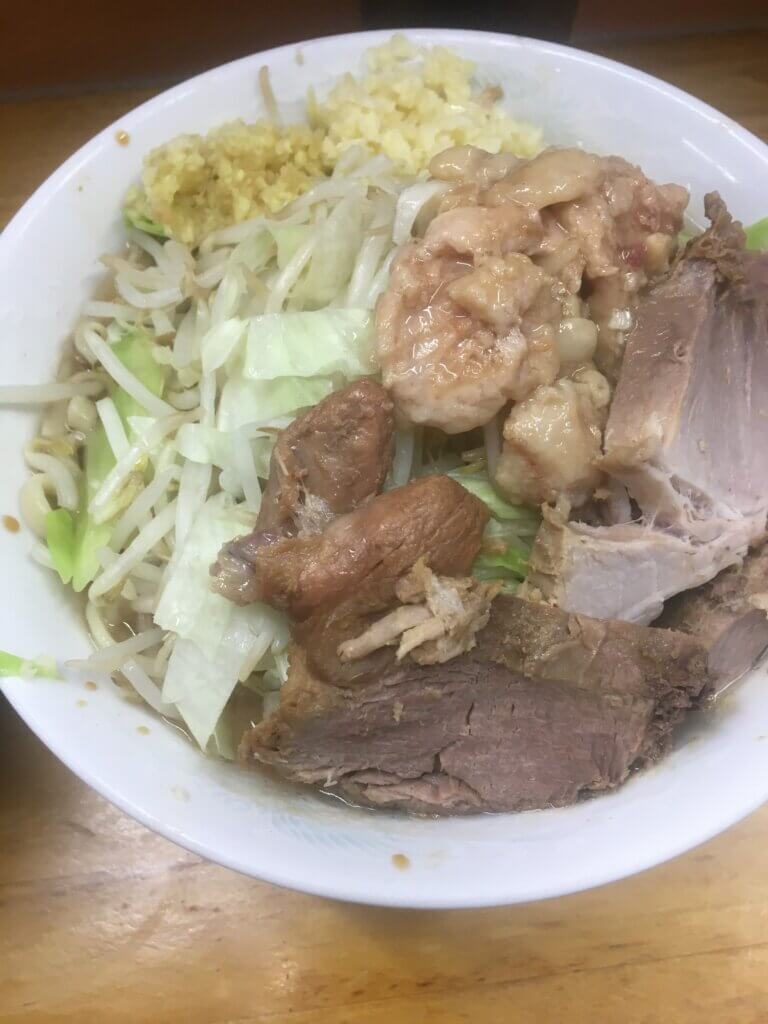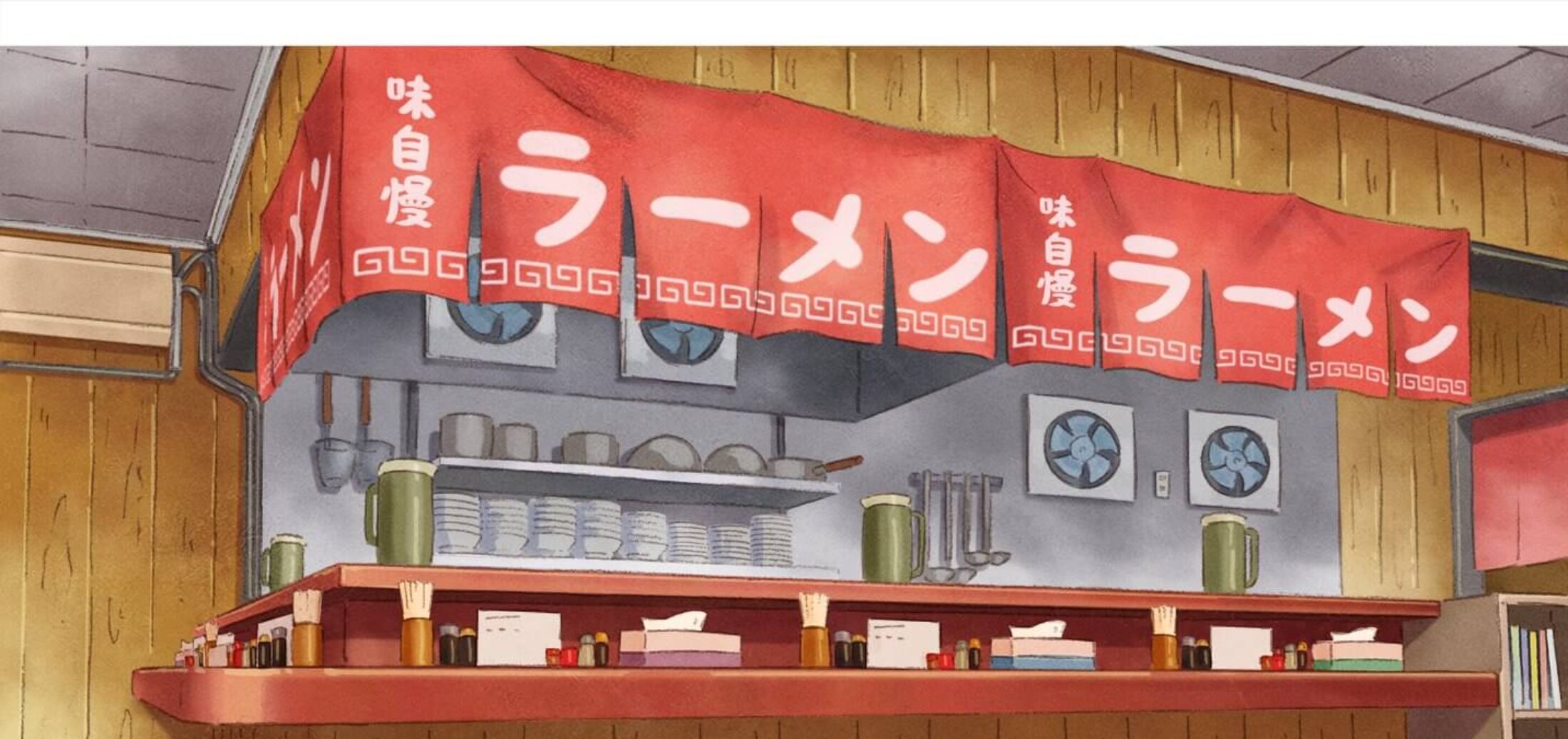
Ramen Jiro is a legendary institution in the Japanese ramen scene, having established a unique genre and passionate fan culture. Its origins and history were shaped by the founder's colorful life story and the enthusiastic support of university students.
1. Founding and Early Days (1968, Toritsu-daigaku Station, "Ramen Jiro")
- Founding Year and Location: Ramen Jiro was founded in 1968. It initially opened near Toritsu-daigaku Station on the Tokyu Toyoko Line in Tokyo's Meguro Ward under the name "Ramen Jiro" (次郎 - Jiro with a different kanji).
- Founder's Background: The founder, Mr. Takumi Yamada (the Sosui, or "Supreme Leader"), was originally a Japanese cuisine chef who had virtually no specialized knowledge of ramen. His initial struggles led to him being advised by a local Chinese restaurant owner to undergo training.
- Establishing the Style: Drawing inspiration, including advice from a customer from Hokkaido, Mr. Yamada established a radically novel style for the time: a rich Tonkotsu Shoyu (pork bone soy sauce) broth, extra-thick noodles, and a mountain of vegetables and pork fat.
2. The Turning Point and Name Change (The Mita Relocation)
- Relocation to Mita: In the 1970s, the shop moved to its current main store location in Mita, Minato Ward, right near Keio University.
- From "Jiro" (次郎) to "Jiro" (二郎): The famous anecdote is that when the signboard was ordered for the move, the sign painter mistakenly wrote "Ramen Jiro" (二郎 - Jiro with the current kanji), and the name was adopted as is.
- The Birth of Keio Students and "Jirorian" Culture: Due to its overwhelming volume and addictive flavor, the ramen became the "soul food" of the Keio University students. These passionate fans would later be known as "Jirorian."
3. Expansion Across Japan (Noren-wake and Inspire-kei)
- Expansion of Direct Branches: Starting in the 1990s, disciples who trained at the Mita main store opened noren-wake (split-curtain/franchised) branches under the name "Ramen Jiro [Location]," rapidly spreading the Jiro style, primarily around the Kanto region.
- The Birth of "Jiro Inspire-kei": Since the 2000s, non-affiliated ramen shops heavily influenced by Jiro's unique style (thick noodles, rich broth, mountain of vegetables/fat) have multiplied across the country. These are known as "Jiro Inspire-kei" (Jiro-inspired style) or "G-kei," creating a significant and distinctive genre in Japanese ramen culture.
Ramen Jiro has transcended the status of a mere ramen shop, becoming an indispensable part of Japanese food culture with its unique rules, community, and cult-like following.
🍜Representative Ramen Jiro Branches in West Tokyo
・Ramen Jiro Hibarigaoka ekimaeten (closest to Seibu Ikebukuro Line Hibarigaoka Station).
・Ramen Jiro Hachioji Yaen Kaido Ten 2 (closest to Keio Sagamihara Line Keio Horinouchi Station).
・Ramen Jiro Tachikawa Ten (closest to JR Chuo Line Tachikawa Station, Tama Monorail Line Tachikawa Minami Station).
🍜Representative Jiro-Inspired Ramen Shops in West Tokyo
・Tachikawa Mashimashi Tachikawa Sohonten (closest to JR Chuo Line Tachikawa Station).
・Jikaseimen Masaki (closest to JR Oume Line Higashi Nakagami Station).
・Ramen Ace (closest to JR Chuo Line Nishi-Hachiouji Station).
